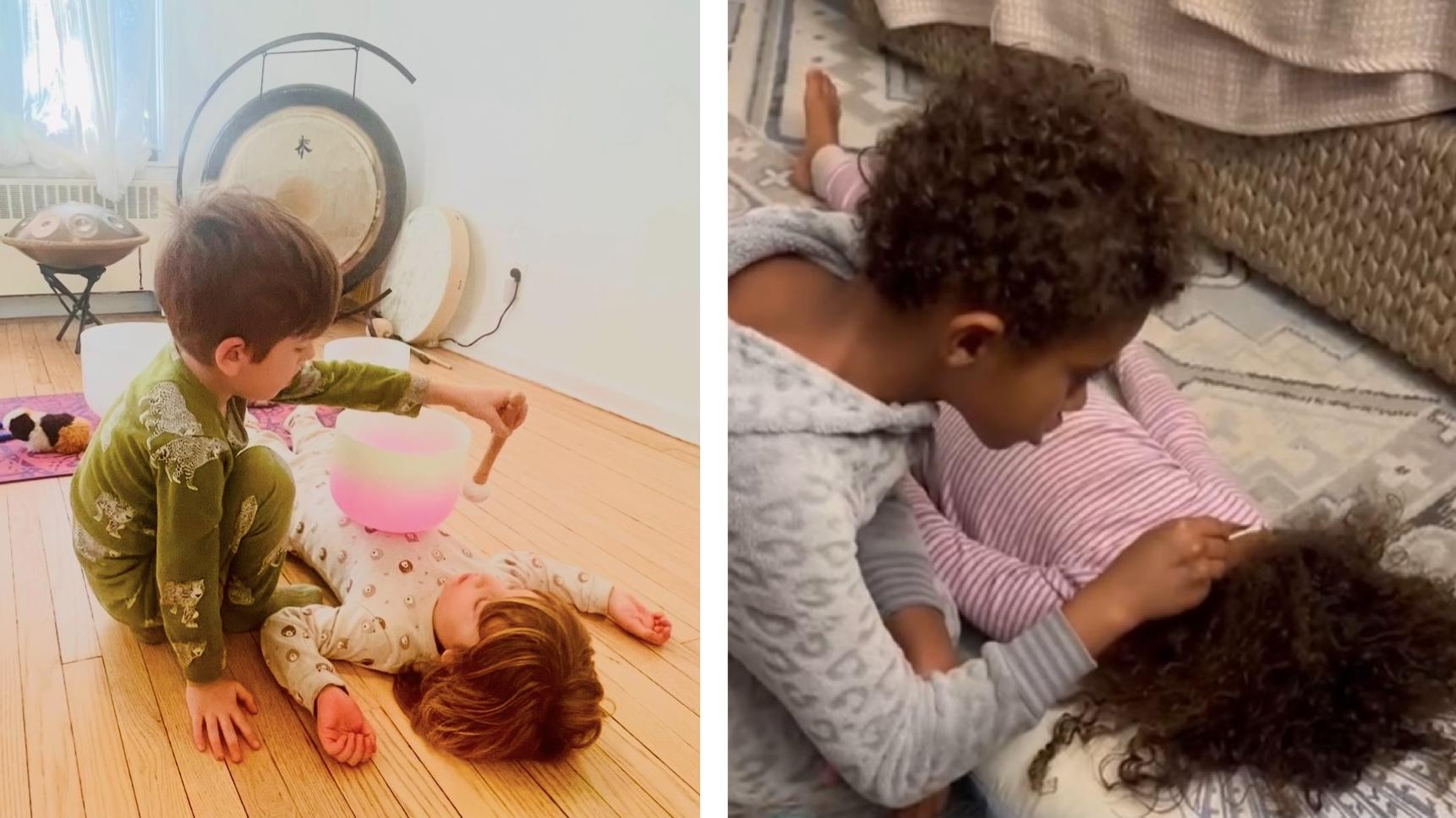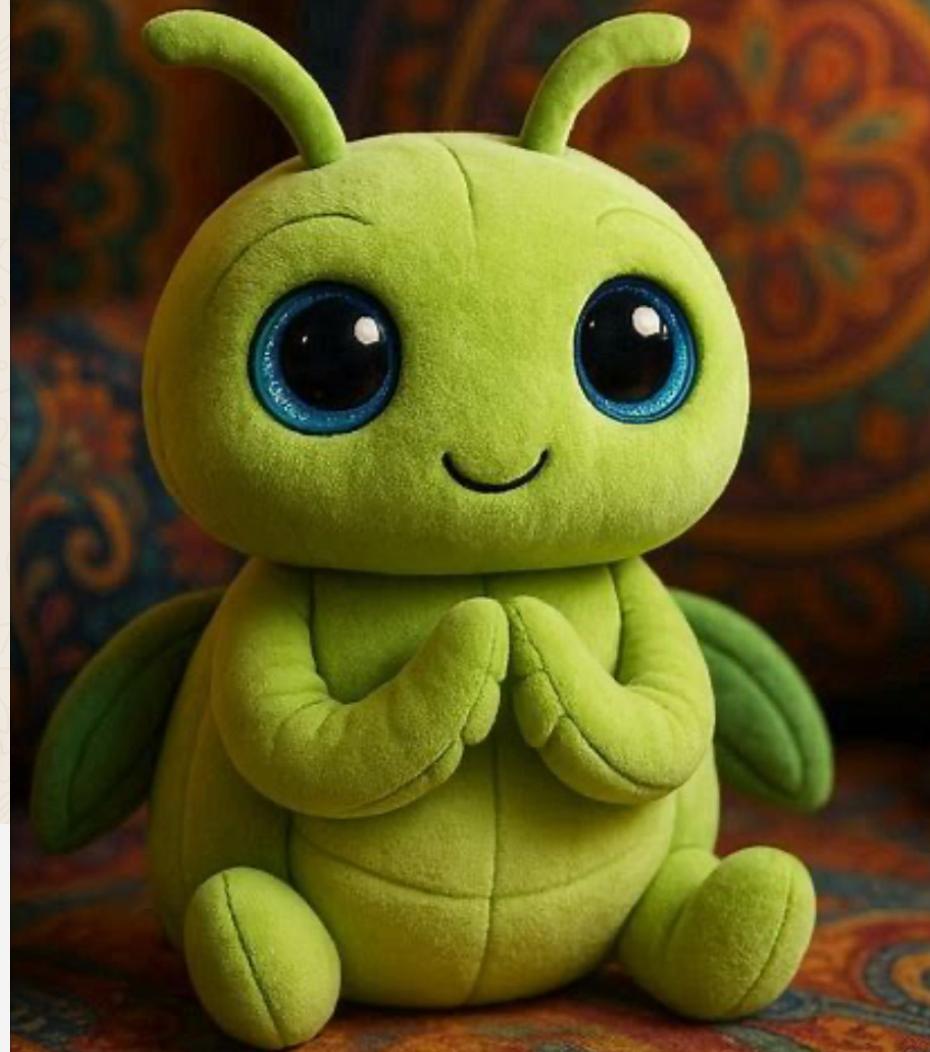Anxiety often starts early, long before a formal diagnosis. The good news is that prevention can start early, too. Through short, repeatable practices that children actually enjoy, mindful parenting and kids’ meditation help develop nervous systems to find steadier states. Founded by Mariana Gordon, a mindfulness educator and former children’s counselor, and Sondra Bakinde, an artist and wellness advocate with a background in family engagement, The Mindful Mantis translates evidence-informed strategies into playful tools that busy clinics, classrooms, and caregivers can adopt without adding overwhelm.
Why Early Prevention Belongs in Your Care Pathway
Health systems are rebalancing from reactive to proactive care. Children’s mindfulness is a practical lever for primary and secondary prevention because it strengthens attention, self-regulation, and stress recovery before patterns harden. When caregivers and educators use common language for feelings, model brief breathing skills, and build predictable rituals around transitions, we see fewer escalations, faster repair after conflict, and smoother sleep routines. Those upstream gains support emotional wellness, reduce avoidable urgent visits related to behavioral dysregulation, and create clearer referral signals when specialty care is warranted.
For administrators, the attraction is twofold. First, the skills are low-cost and portable. Second, they scale across settings without specialized equipment. A shared framework helps pediatric practices, community partners, and schools deliver consistent supports that travel with the child.

System Literacy for Clinicians and Parents
A child’s stress response is shaped by relationships. When adults understand the state, they can coach behavior with compassion and precision.
- Over-arousal looks like reactivity, refusal, or difficulty shifting tasks.
- Under arousal looks like zoning out, low motivation, or slow starts.
- Regulation grows through repetition, predictability, and co-regulation.
Children’s mindfulness gives families a simple protocol: notice, name, breathe, choose. Naming feelings organizes the brain’s story. Slow, lengthened exhales reduce physiological arousal. Small choices restore agency, which lowers resistance. This sequence is teachable in minutes and repeatable across the day, which is why it fits well in anticipatory guidance during well child visits and caregiver workshops.
Program Design That Scales in Real Life
Healthcare leaders are right to ask how to implement without burdening staff. The answer is to standardize the floor, not the ceiling.
1) Shared Language
Adopt a brief script that all adults can remember. Try: Name it, breathe it, choose it. Post it on discharge packets, classroom walls, and clinic doors. Shared words reduce friction and training time.
2) Micro Rituals at Key Transitions
Tie one-minute practices to moments that always happen. Seat belt click cues three balloon breaths. Classroom door cues a feelings check. The bedside lamp cues a two-minute body scan story. Predictable anchors help families keep going on busy days.
3) Brief Caregiver Training
Offer short, skills-first sessions during group visits or webinars. Teach one breath pattern and one validation sentence. Emphasize modeling. Kids borrow adult calm before they build their own.
4) Flexible Delivery
Blend clinic handouts, school lessons, and home practices so children encounter the same cues everywhere. This is the essence of supporting mindful families at scale.
To make onboarding simple, the bite-sized lessons and printable scripts inside the Magic Mantis Course align with developmental science and are designed for short attention spans. Teams can pilot with a small cohort, then expand.
Practical tools for boys and girls
Emotional literacy should be concrete, brief, and sensory-rich. Here are clinician-tested, family-friendly options that require no special supplies.
- Name it: Keep a mini menu of feelings. Offer two or three accurate words and let the child choose. Accuracy lowers intensity.
- Breathe it:
- Balloon breath, hands on belly, inhale to expand, exhale to soften.
- Star tracing, trace five points on a hand, inhale up a side, exhale down.
- Hot cocoa breath, smell on the inhale, longer exhale to cool.
- Balloon breath, hands on belly, inhale to expand, exhale to soften.
- Choose it: Present two good options that support regulation. Water and a stretch, or five minutes outside. Choice protects dignity while guiding action.
For children who move toward anger, start with body first practices. For children who go quiet, begin with naming and gentle movement to re-engage. The same framework supports boys and girls while honoring different expression styles.

Measurement, Equity, and Sustainability
Implementation should include clear, light-touch metrics that matter to clinical and educational partners.
- Process measures: caregiver completion of a one-page skills sheet, classroom fidelity checklists for micro rituals, and the number of brief interventions delivered during well visits.
- Outcome signals: shorter duration of escalations, reduced school nurse visits for stress-related complaints, and smoother task transitions noted by teachers or parents.
- Equity lens: translate scripts into home languages, normalize feelings vocabulary for all genders, and adapt visuals for neurodiverse learners.
- Sustainability: integrate into existing workflows instead of launching a parallel program. Add one mindfulness cue to the formats teams already use, such as after vitals or before discharge instructions.
These elements keep the intervention inclusive and durable while avoiding initiative fatigue.
What Mindful Parenting Looks Like in a Care Plan
Mindful parenting is not a personality trait. It is a set of repeatable behaviors that coaches and clinicians can teach. Validate the feeling, invite one breath, offer two choices, and repair quickly after hard moments. When adults practice out loud, children learn by watching. Over weeks, families report less morning chaos, easier bedtime, and better carryover from clinic to home. Those gains support the core mission of preventive care and align with broader population health goals.
A Nurturing Next Step
At The Mindful Mantis, we love meeting parents right where they are. If you want a playful story that doubles as a meditation, explore The Meditating Mantis and Mio & The Stoic Spider, which is a gentle, science-savvy way to begin a lifelong practice of calm and resilience, one page and one breath at a time.













